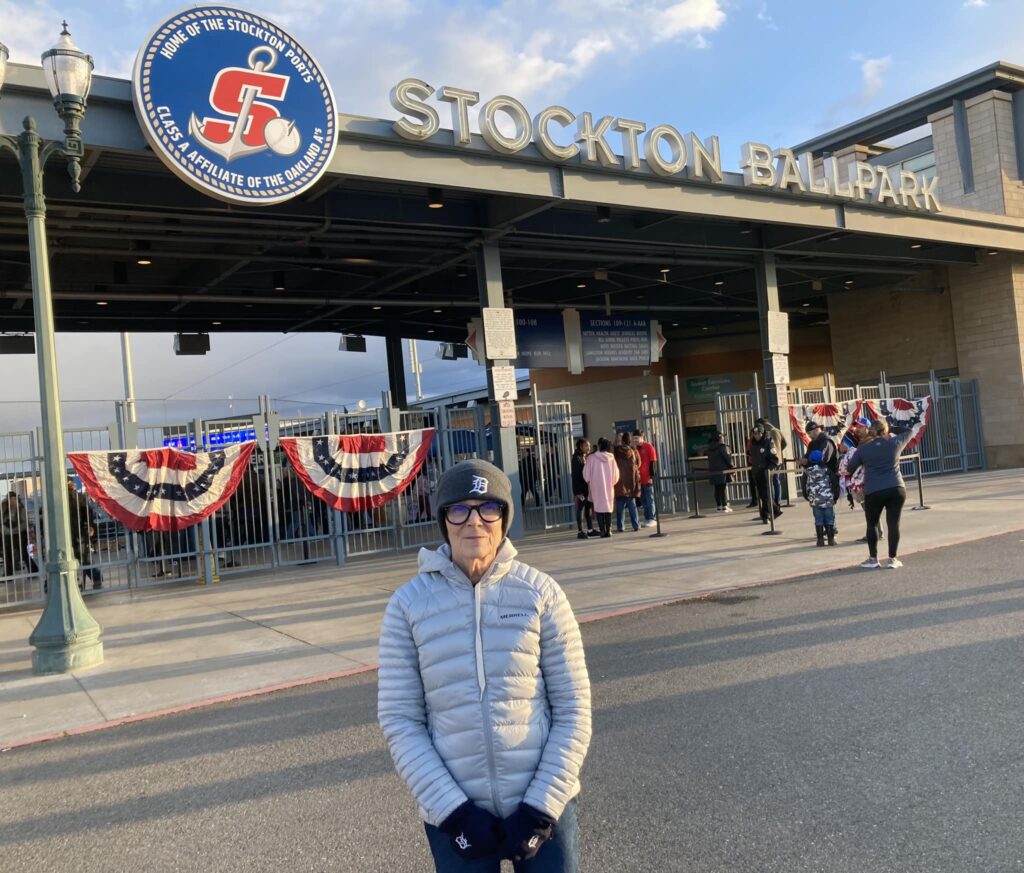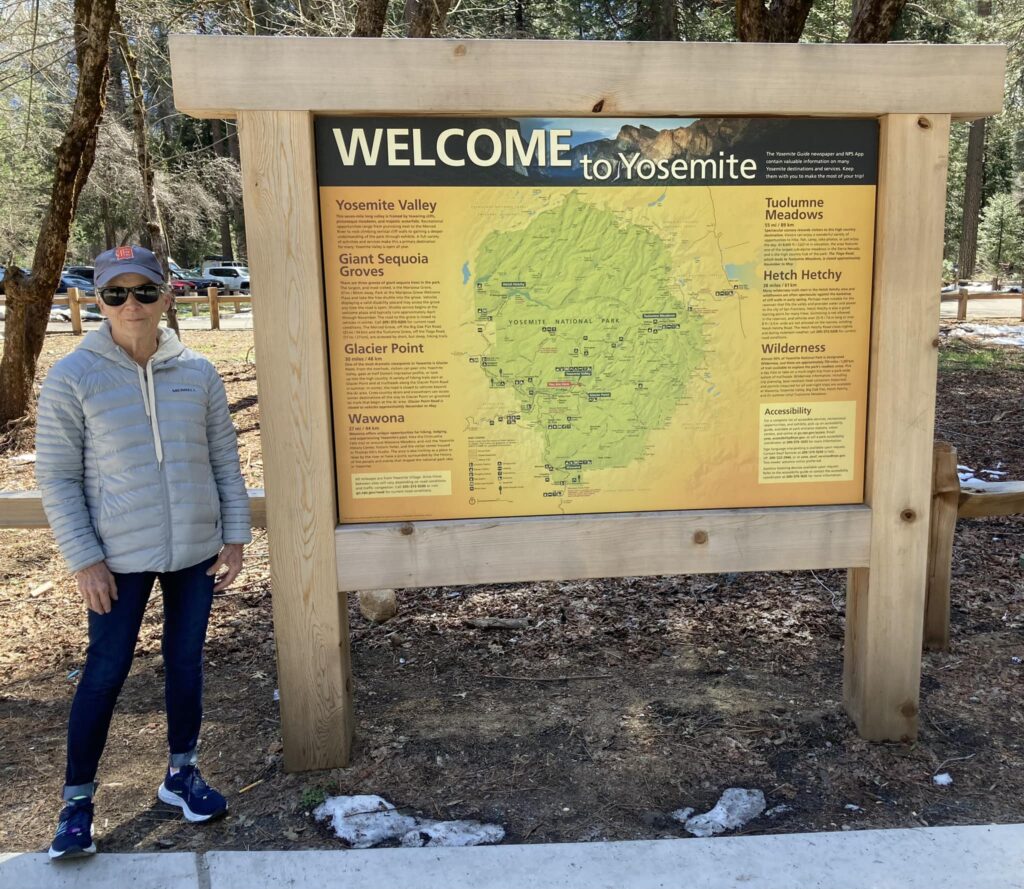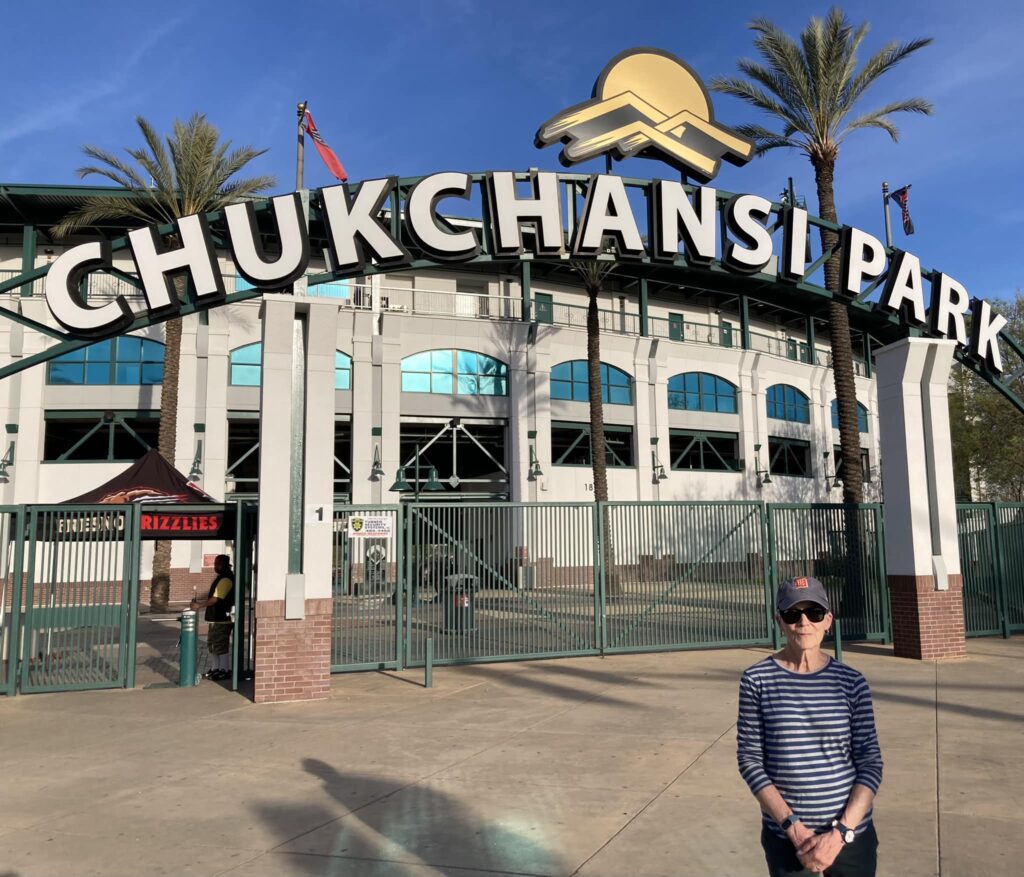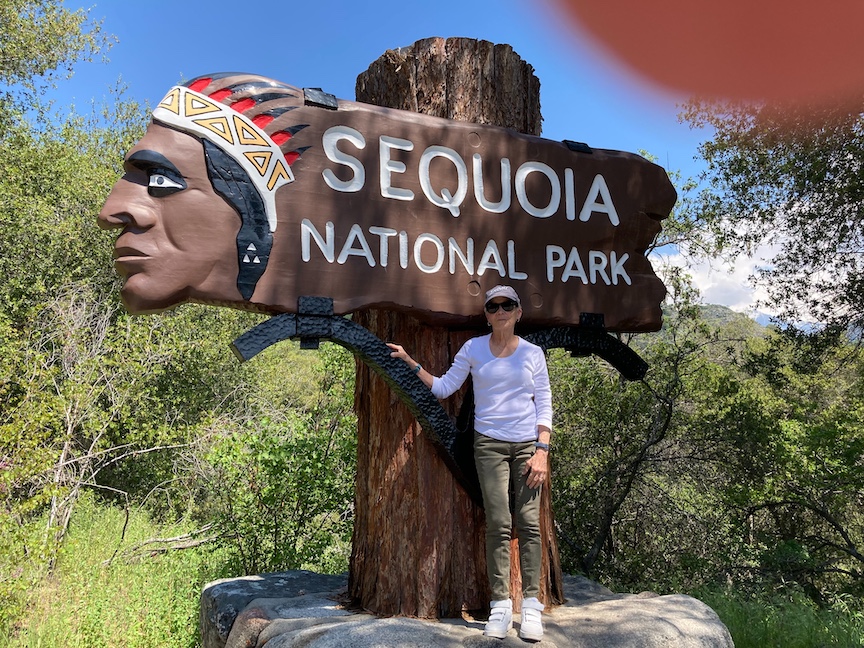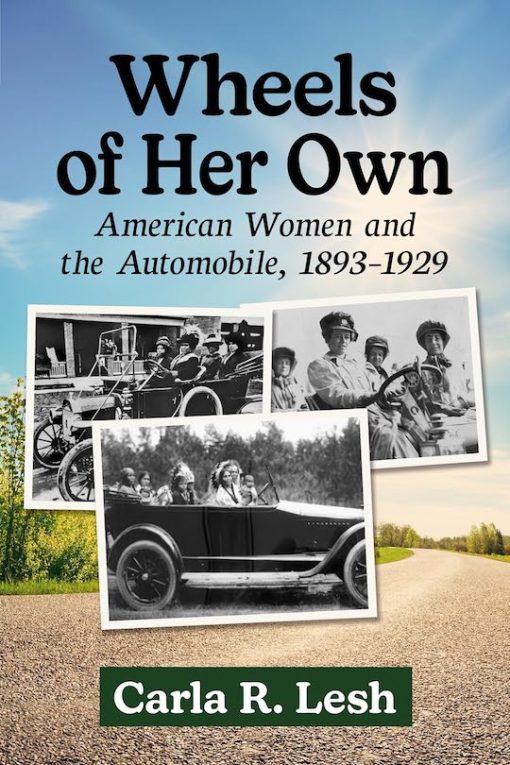
The history of women and the automobile is a subject that has not received a great amount of attention in scholarship. It wasn’t until 1991 that the first comprehensive history of women’s involvement with the automobile was published. Virginia Scharff’s groundbreaking work, Taking the Wheel: Women and the Coming of the Motor Age, shattered previous presumptions of women’s relationship with the automobile as it set the stage for further research. Australian historian Geogine Clarsen provided a more international approach to women’s automotive history with the publication of Eat My Dust: Early Women Motorists in 2008. Katherine Parkin, a social historian and professor at Monmouth University, examined the history and social implications of women driver stereotypes in Women at the Wheel: A Century of Buying, Driving, and Fixing Cars in 2017. While each of these publications are important contributions to the field of women’s automotive history, the focus of each analysis is White women. The assumption, therefore, is that all women, regardless of class, color, or ethnicity, experienced automobility in similar ways.

Transportation historian Carla R. Lesh, in Wheels of Her Own: American Women and the Automobile, 1893-1929, broadens the scope of women’s automotive history to include the early experiences of Black and Indigenous women. Writes Lesh, “the automobile offered new freedoms: freedom for all Black women from the danger they encountered on public transportation in the era of increasing segregation; freedom for Indigenous women to rebuild cultural, kinship-based, and economic networks shattered by Federal government policies; and freedom for White women from the restrictions of the sheltered, home-centered life of the Victorian era” (2). Yet as Lesh notes, although the majority of women appreciated the automobile as a useful tool to improve their quality of life, gender and racial restrictions often qualified how that freedom might be achieved.

Lesh places the automotive experiences of White, Black, and Indigenous women into relevant social and historical contexts. Rather than generalize automotive experiences as common to all women, Lesh examines how social factors – including discrimination, geography, and cultural practices – influenced women’s automotive participation. As minorities, Black and Indigenous women’s automotive experiences had more in common with men of their respective populations than White women. Thus Wheels of Her Own does not focus exclusively on female motorists but also considers the social climate in which women took the wheel. Lesh provides valuable insight into how women negotiated entry into the new technological world which, due not only to gender, but also to race, ethnicity, and class, was not always welcoming.
Lesh’s fascinating and important new work is a timely addition to current scholarship focused on the history of women and cars. As an investigation of the divergent automotive experiences of Black, Indigenous, and White women, Wheels of Her Own is a valuable resource for the historical and social exploration of gender, race, and mobility during the early automotive age.

